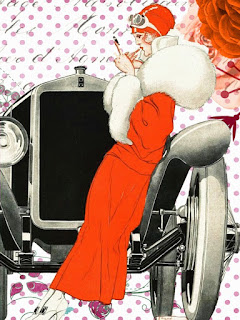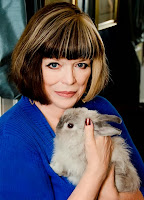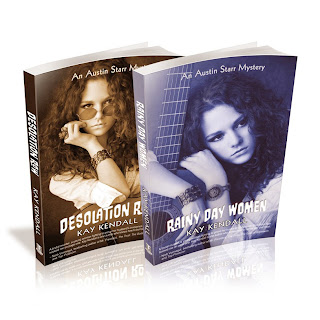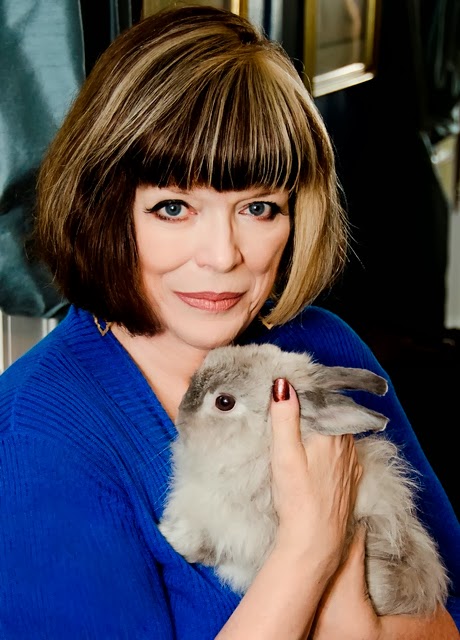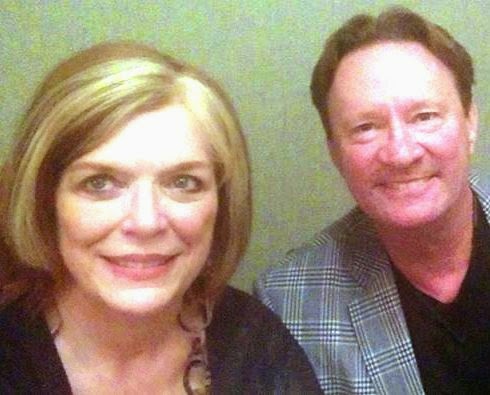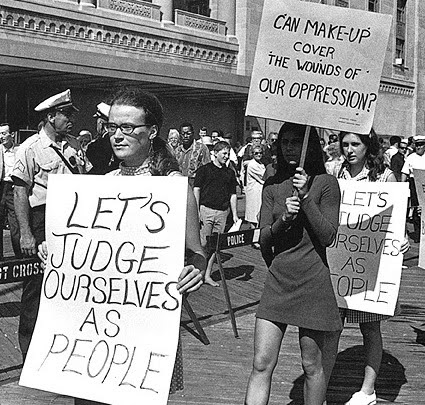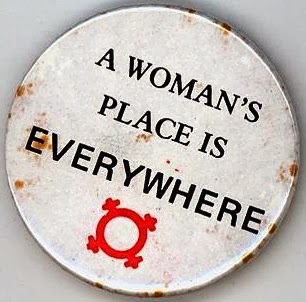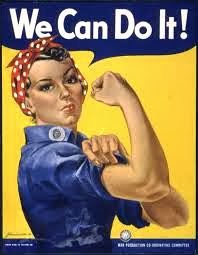I’M LIVING IN THE ROARING TWENTIES
By Kay Kendall
the 1960s. Life inside my head, that is. During this time I wrote two
mysteries—one set in 1968 and the second a year later. Because it was important
for me to evoke the time period and get the feel just right, I recycled my own memories from that era, making them as vivid on the page as I possibly
could.
also taking place in 1969. I managed to get
the opening done to my satisfaction–usually difficult for me, but this time, no problem! The opening was great. But then I stalled out. Even
though I’d looked forward to writing this particular mystery in my Austin Starr
series for a long time, I could not seem to move forward with it.
mystery writing with a friend, I had a brain wave. I got excited about Austin
Starr’s grandmother. I could see her, knew what she was like and understood
the issues she faced. The grandmother was in her early twenties, lived in small
town Texas, and her mystery would be set in 1923. Prohibition was the backdrop
and would play a large part in the plot development.
altogether different from what I had planned. Suffice it to say that these days
my mind is all awhirl, caught up in the roaring twenties.
prohibited alcohol production and consumption in America, led to widespread
flouting of laws in general, and gave rise to organized crime across the
nation.
culture—like jeepers creepers, cut a rug,
and tomato–used to describe a comely
female rather than an edible.
1920s and what they looked like.
magazine was founded –1923.
eras of huge transformation, the twenties in America was a time of optimism
(until the Great Crash of 1929), whereas the sixties saw increased gloom,
beginning with the Kennedy assassination in 1963. Of course I don’t know what it was really
like to be young in the twenties, but I have steeped myself in its culture for
quite some time. My grandparents had a set of World Book encyclopedias published
in 1922 that I poured over when I was in grade school, absorbing the culture—the silent
movies, the flappers, and all that jazz. Who knows? Perhaps I’ve been waiting
ever since then to write about this fascinating time period.
Starr and her grandmother will eventually work together to solve a mystery in the book I have
temporarily laid aside. That plot line was already planned. I just didn’t know that I would
take a detour back to the roaring twenties before I could proceed with another
book set in the turbulent sixties.
~~~~~~~
Rainy Day Women by Kay Kendall
“5 Stars! Kendall delivers a spectacular mystery. The protagonist, Austin Starr, balances being a wife, a mother and an investigator with great skill. This is definitely a coming of age story, for women and for our country. A revolution occurred during the sixties, changing the roles for women, politics and war. She shows it all.”

